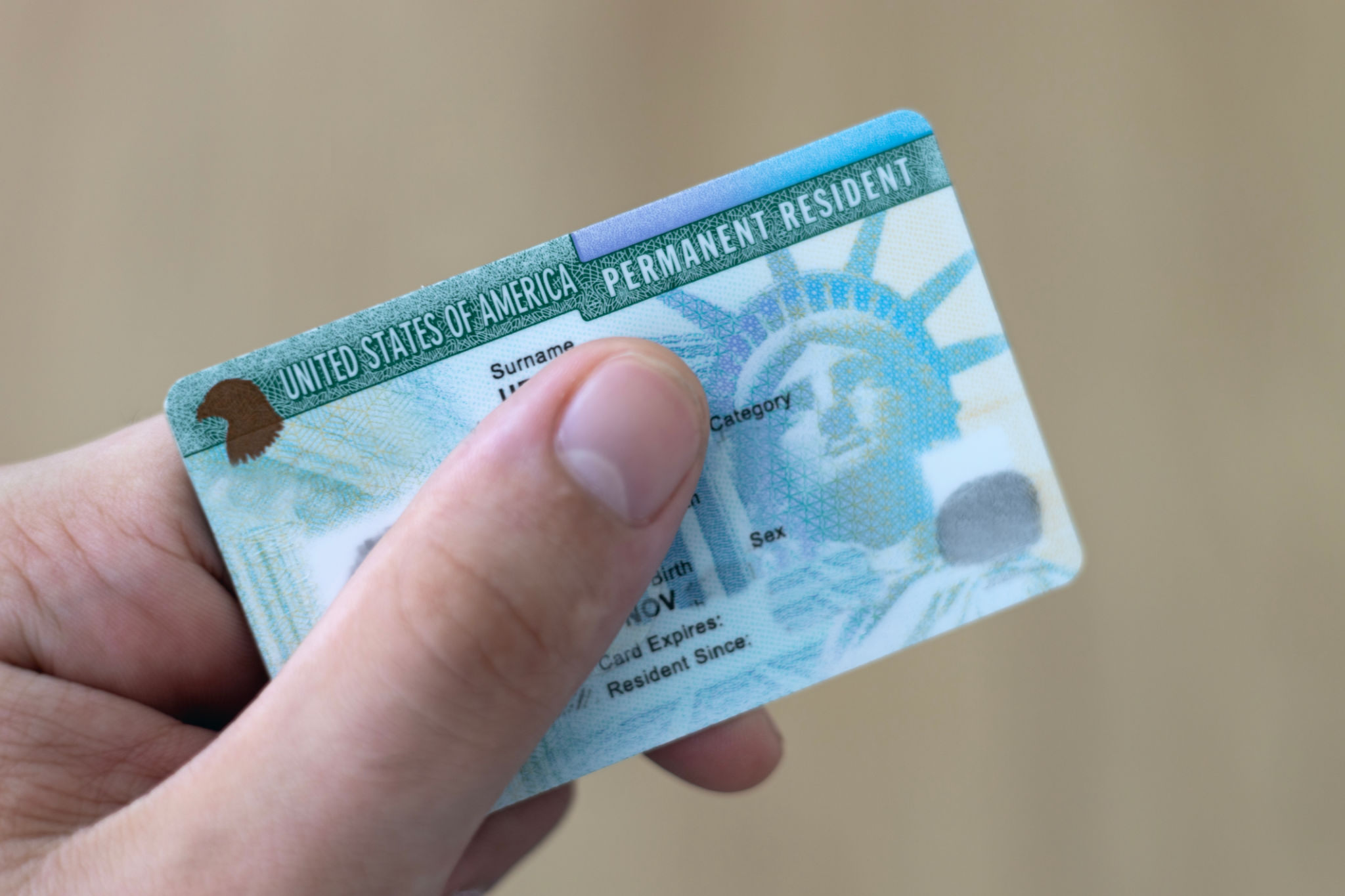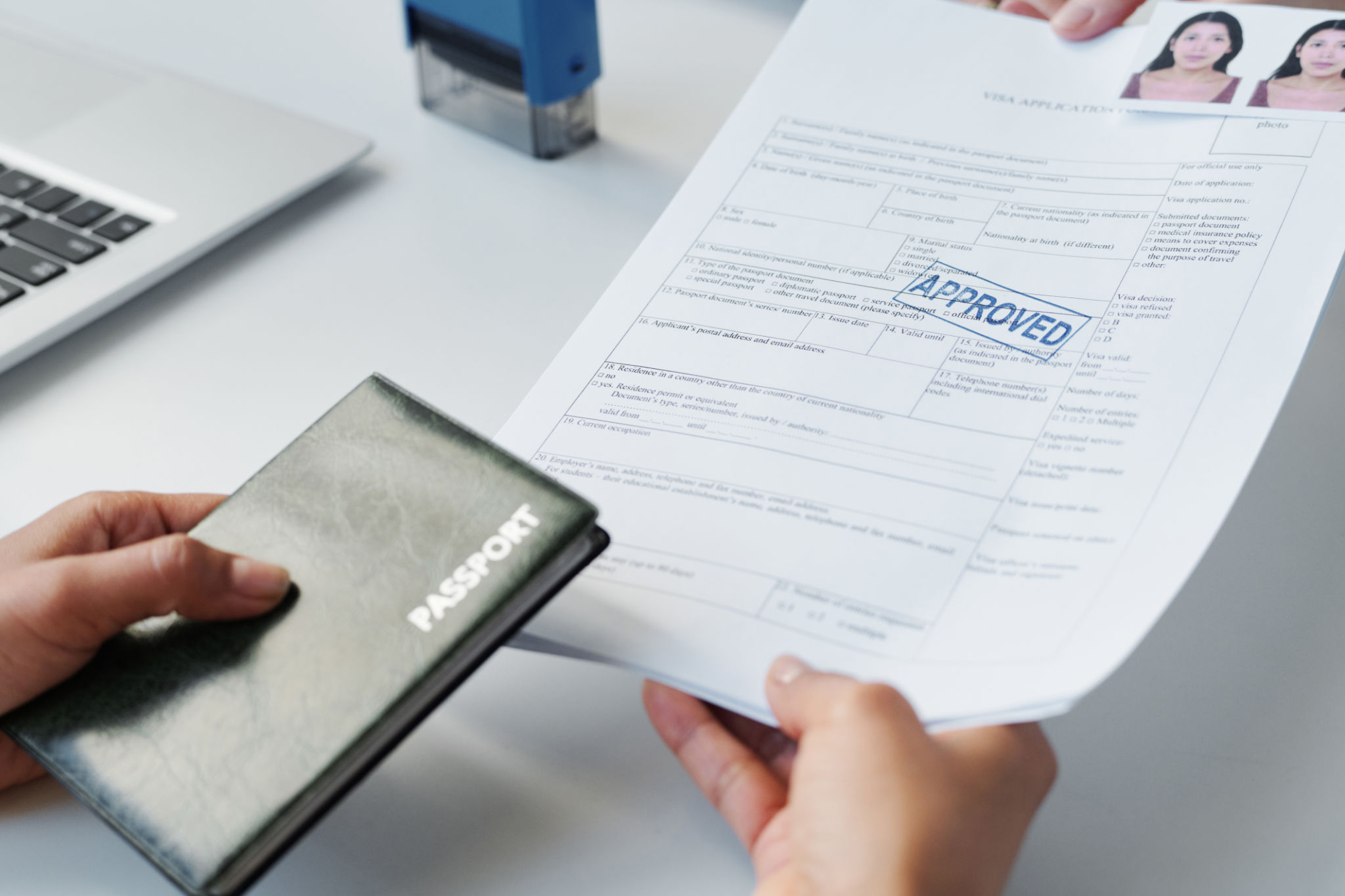Top 5 Myths About Professional Work Visas in the US
Understanding Professional Work Visas
The process of obtaining a professional work visa in the United States is often shrouded in confusion and misinformation. It's easy to feel overwhelmed by the complexities and nuances involved. To help you navigate through this process, we’re debunking the top five myths about professional work visas in the U.S.

Myth 1: All Work Visas Are the Same
One of the most pervasive myths is that all work visas are identical. In reality, the U.S. offers a variety of work visas tailored for different purposes and qualifications. The H-1B visa is perhaps the most well-known, designed for professionals in specialized fields. Meanwhile, the L-1 visa caters to employees transferring within multinational companies, and the O-1 visa is for individuals with extraordinary abilities or achievements.
Each visa type comes with its own set of requirements and limitations. Therefore, it's crucial to understand which category best fits your situation to ensure a smooth application process.
Myth 2: You Can Apply for a Work Visa Without a Job Offer
Contrary to what some might believe, you cannot apply for most U.S. work visas without first securing a job offer from a U.S.-based employer. The employer typically acts as your sponsor, and they must file a petition on your behalf before you can apply for a visa. This is particularly true for H-1B visas, where the employer must demonstrate that they require a foreign worker to fill a specialized position.

It's essential to have clear communication with your prospective employer about their willingness and ability to sponsor your visa application.
Myth 3: Work Visas Guarantee Permanent Residency
Another common misconception is that obtaining a work visa is a direct pathway to permanent residency (a Green Card) in the U.S. While having a work visa can be a step in the right direction, it does not automatically lead to permanent residency. The process for transitioning from a work visa to a Green Card involves additional steps and must meet specific criteria.
For example, individuals on an H-1B visa may apply for a Green Card through employment-based preferences, but they must navigate the application process separately from their initial visa.

Myth 4: Work Visas Can Be Easily Transferred Between Employers
Switching employers while on a work visa isn't as straightforward as some might think. In most cases, if you want to change jobs, your new employer must file a new petition on your behalf. This is particularly true for H-1B visa holders. The process requires careful planning and legal compliance to avoid any gaps in employment authorization.
It's advisable to consult with an immigration expert to understand the implications of transferring your visa and ensure all legal requirements are met.
Myth 5: All Applications Are Approved If You Meet the Basic Requirements
Meeting the basic requirements does not guarantee approval of your work visa application. The U.S. immigration authorities carefully scrutinize each application, considering factors such as the applicant's qualifications, the legitimacy of the job offer, and the employer's ability to pay the offered wage. Additionally, there are annual caps on certain types of visas like the H-1B, which means not all qualified applicants will receive a visa due to limited availability.

It's essential to meticulously prepare your application and provide comprehensive documentation to support your case. Engaging a knowledgeable immigration attorney can greatly enhance your chances of success.
In conclusion, understanding the realities behind professional work visas can save potential applicants from unnecessary challenges and delays. By debunking these myths, we hope you feel more equipped to pursue your career aspirations in the United States with clarity and confidence.
